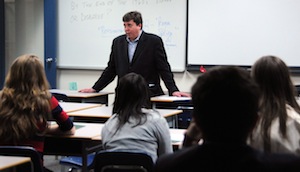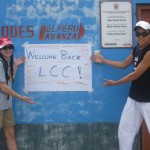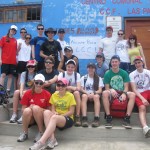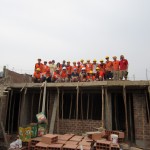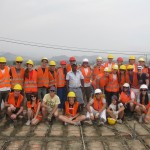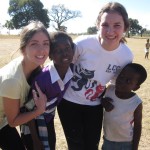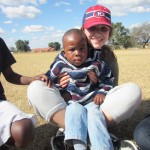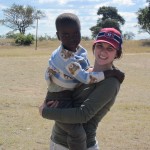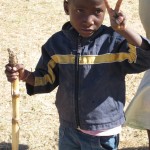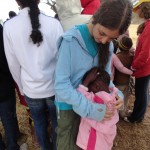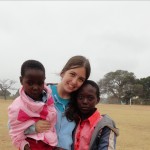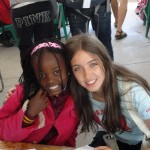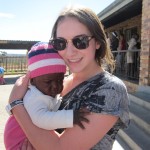La classe de droit de 11e année a participé à un concours d’écriture de mémo pour la Cour d’appel de l’Ontario intitulé le défi de la Charte.
Ce concours est organisé par l’organisme ontarien OJEN.
Le cas faisait référence au projet de loi fédérale C-31 sur les nouvelles procédures en matière d’immigration. Notre groupe devait prouver la constitutionnalité de ce projet de loi en répondant à quatre questions reliées à la Charte des droits et libertés.
Les élèves, après avoir vécu trois semaines « d’intense labeur », ont été récompensés par une troisième place. Il est important de noter que les recherches sur les jurisprudences et l’écriture du mémo de 28 pages se sont déroulées en français.
Voici le message qui a annoncé les résultats :
I am very pleased to announce that the selected finalist teams for the Spring 2012 Charter Challenge are:
Appellant: Badal, Johnston, Nolan & Maligaya Law Firm from St. Mary’s High School in Kitchener, Ontario
Respondent: Dewy Cheatham and Howe from Cawthra Park Secondary School in Mississauga, Ontario
Six teams were shortlisted, so in addition to the two teams indicated above, the judges would like to recognize the following four teams for making the “top three” (in no particular order) on the Appellant and Respondent sides:
- T.H.C. & Associates from Notre Dame College School in Welland, Ontario
- EZBAKE Law Firm from Cawthra Park Secondary School in Mississauga, Ontario
- Low, Ball & Lynch from Sacred Heart High School in Walkerton, Ontario
- La Belle Province from Lower Canada College in Montreal, Quebec
Thank you for the hard work and support you gave your students. It is evident in the high quality of factums that you are each doing a wonderful job of helping your students navigate difficult Charter issues.
The OJEN Charter Challenge Team
Ontario Justice Education Network – Réseau ontarien d’éducation juridique
A civil society through education and dialogue.
Commentaires des élèves :
Je crois que le concours de la Charte était une des expériences les plus enrichissantes et importantes du cours de droit. La quantité d’informations apprises en faisant ce projet était étonnante. Le fait d’avoir pu écrire un mémo et apprendre cette habileté dans notre cours de droit de 11e année est simplement incroyable.–André Capretti ’12
Ce projet, malgré toute la lecture, était très intéressant et m’a appris beaucoup de choses comme; citer la jurisprudence, formuler mes arguments, mentionner les lois et les articles de la Charte.–Cole Elicott ’12
Ce travail m’a permis d’apprendre beaucoup à propos de la justice constitutionnelle et la rigueur qu’il faut pour rédiger un mémo. J’ai mis beaucoup d’efforts et de temps à rechercher des jurisprudences qui étaient pertinentes à ma question.–Dylan Garber ’12
Nous avons fait la question 1 qui traitait de la violation de l’article 7 de la Charte canadienne des droits et libertés. À première vue, on était effrayés par le nombre de pages qu’on devait lire et écrire. Mais une fois qu’on a surmonté cet obstacle, on a commencé, le travail.–Adam Palayew ’12
J’ai beaucoup appris en faisant le projet du défi de la Charte. En faisant ce projet, j’ai compris la vraie vie d’un avocat. Pour ma partie, je devais rechercher la section 15 de la Charte des Droits et Libertés, pour prouver que les droits de Benita Suarez n’avaient pas été violés. Le montant monumental de lecture, et de recherche sur des jurisprudences m’a certainement surpris, mais j’ai réussi à tout faire. L’aspect le plus difficile était de trouver des jurisprudences qui appuyaient mon point de vue.–Elena Pappas ’12
Toute la classe représentait la couronne (appelant dans ce cas). Nous devions répondre à la deuxième question et prouver que Benita ne fut pas arrêtée arbitrairement en faisant référence à des jurisprudences et en donnant plusieurs arguments constructifs. Cela fut une très lourde tâche, car il n’y avait pas énormément de cas similaires. Après beaucoup d’heures de travail, je pense que le résultat final est très bon.–Alexandre Sinor ’12

